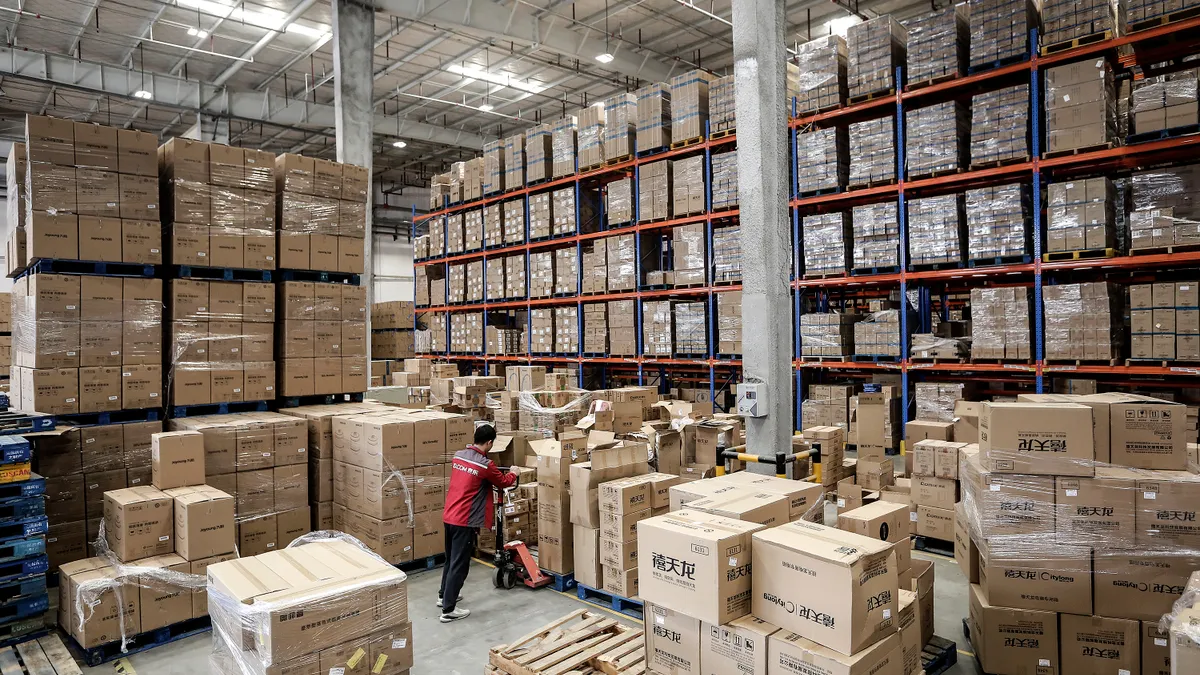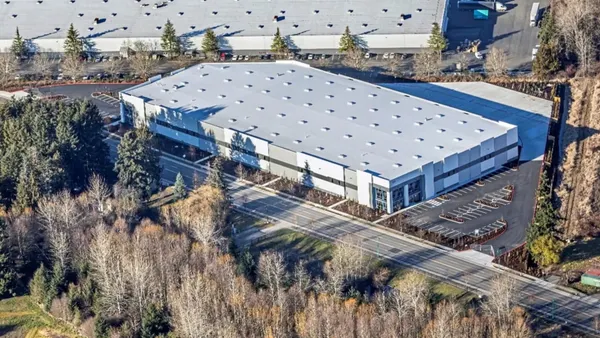We're living in a sellers' market and a tight supply environment. That leaves companies to think outside the box for supply continuity.
Large corporations have a lot of options at their disposal. Coca-Cola booked bulk vessels for supplies, Walmart is chartering ships, and Gap switched to airfreight.
However, these strategies may not be relevant for small or midsized organizations with limited buying volume. Instead, procurement professionals need to collaborate with partners in their supply chains and align on strategies to secure supply on time.
1. Share forecasts and advance orders with suppliers
Lead times for many supplies are at an all time high. The holiday season is in full swing, and the Lunar New Year is not far away.
At my organization, we struggled a lot last year for supplies of materials where we are dependent on a single source. We started sharing forecasts for the next 12 months and built up additional inventory for supply security.
This is just one example of why it's important to share long-term forecasts with suppliers. That way, they can plan for input raw material in advance and align on operational requirements with respect to labor and equipment for timely delivery.
2. Prioritize fast-moving, high-margin products
Using historical data and advanced analytics to prioritize SKUs is the key to ensure the right product assortment in a store. Also, it helps suppliers to work on big orders of a few items for higher efficiency and faster delivery.
Any non-moving inventory in the current time will not only impact the bottom line as it increases the holding cost, but also the top line due to loss of sales opportunity.
3. Engage with customers on planning
Organizations with strong customer relationship management processes can reach out to customers, understand demand patterns, and place orders accordingly with suppliers.
For instance, a laptop supplier could seek information on an organization's hiring plan and be prepared to supply laptops as employees onboard.
We've worked with our e-commerce channels to understand their plans, which helped us arrange for input materials well in advance.
4. Understand supplier timelines
Understanding your supplier's processes and bottlenecks can help better plan to meet demand.
Assume there are two substitutable products, where product A takes 30 days for production and product B takes 20 days for production. In such a case, it is better to place orders for product B instead of A to increase on shelf availability.
5. Utilize economies of scale
Sharing a wide range of assorted orders to suppliers increases the production time, reduces efficiency and increases waste at the supplier's end. Focus on high-volume SKUs so suppliers can maximize production.
Additionally, it can help to ship the consignment in FCL, significantly reducing the waiting time which is a common scenario in LCL.
6. Seek out local sources
Companies like RPM international and Benetton are already looking to shift the base closer to home for supply security. Upfront costs could be higher, but a balanced approach of onshore and offshore supplies is critical to maintain supply chain agility. It also helps to reduce lead times and uncertainties involved in long distance material transfer.
Procurement managers should carry out market assessments to understand the supplier base of other companies who use similar materials to find local sources.
Praveen Kumar Soni is a procurement manager at Colgate-Palmolive.
This story was first published in our Procurement Weekly newsletter. Sign up here.













